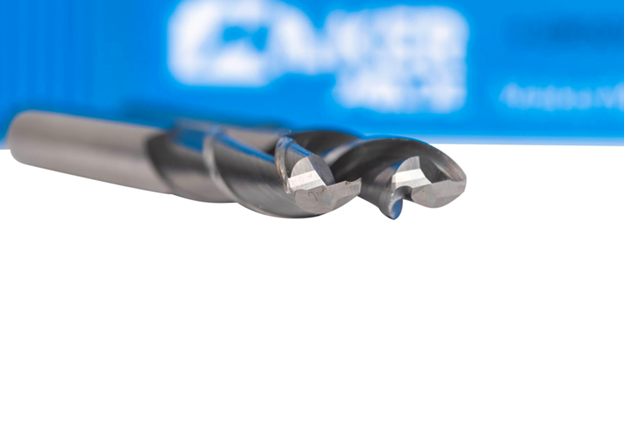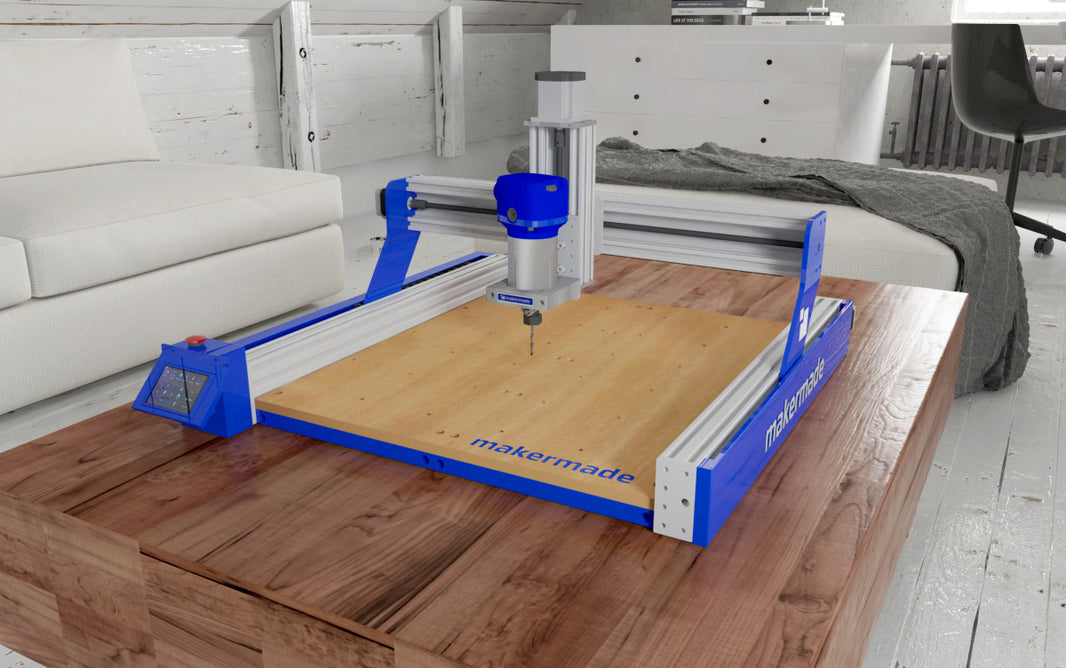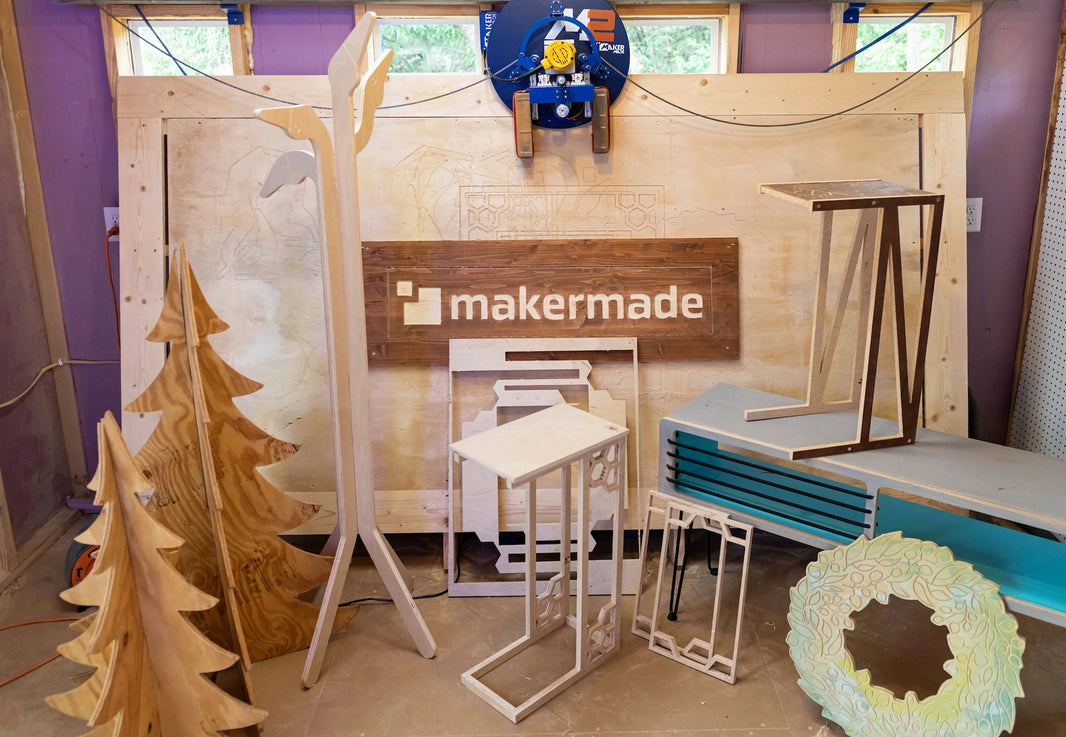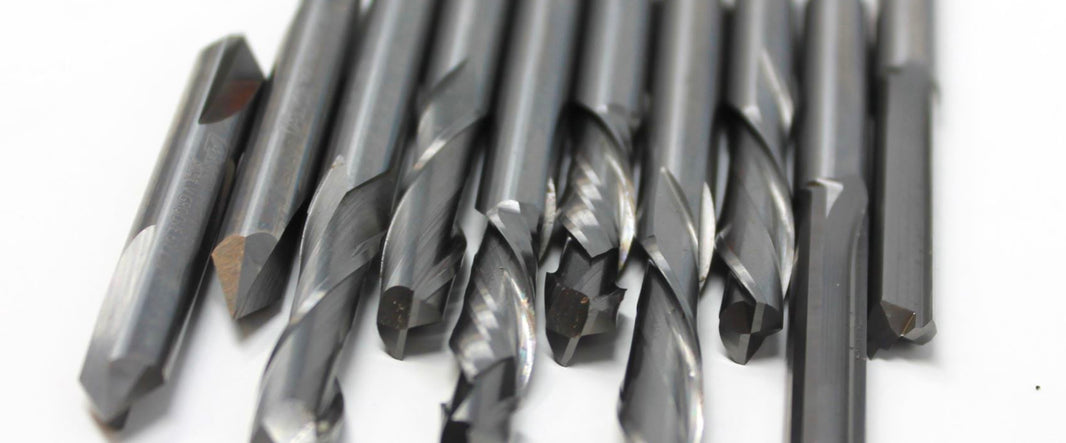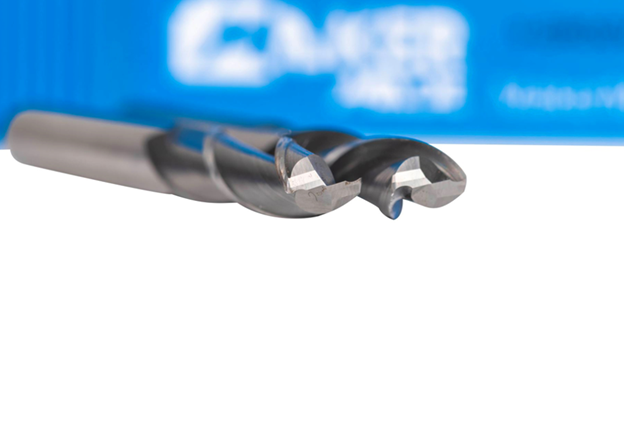Once you have your M2 and router, the next purchase you’re likely looking to make is for specialty Router Bits. With thousands of options available on the market, it can be overwhelming to know which router bits are best for you – in fact, it’s a common question we see from new makers in our community.
Our “Router Bits 101” Series will include all of the resources and information that you’ll need to understand router bits basic options and functions and make the right purchase for you.
In this post we’ll cover the basic specs and terms of router bits. In later parts of our series, we’ll provide a guide on Choosing the Right Router Bits for Your Project, a detailed look at all of MakerMade’s Router Bits, and a quick guide on The Best Router Bits to Purchase First.
Router Bit Basics
Before you can feel confident making choices for your router bits, it helps to understand the functional parts of a router bit with some basic terminology. (If you’re already familiar with router bits, feel free to skip on to a later part of our series!) There can be a lot to consider for router bits, but we’re going to focus on some of the basic physical and functional traits that will directly influence your choices for router bits for the M2.
Physical Traits
First, let’s cover the physical traits of router bits. This will help you better understand the terminology used when describing router bits.
There are four basic features of the router bit itself:
- Shank – The shank is the solid round portion of the router bit that inserts into your router.
- Shank Diameter – The shank diameter is the width of the cylinder. This measurement is important in deciding an appropriate cutting speed, an appropriate cutting depth, and whether a router bit size is compatible with your router.
- Cutting Edge - The cutting end of the router bit. The size and shape of the cutting edge affects the type of channel a router bit will create in your material and the type of material that the bit is able to mill.
- Flutes – Flutes are channels milled into the router bit body to carry chips and dust away from the work surface. The number of flutes helps determine which materials a bit is capable of milling. The bit shown below has two flutes, though some have no flutes while others can have many more. This bit has two flutes.

Functional Traits
- Channel Style
The channel style refers to the shape of the recessed space left behind after the router bit chips out the material along its path. Our router bits have one of three channel types as illustrated below.

- Channel Direction
The Channel Direction refers to the direction that the flutes on the cutting edge of a bit will push material as it chips out material along its path. Downcut bits push material downward into the channel, upcut bits push material upward out of the channel, compression bits clear both downward and upward, and straight bits have no flutes and provide no chip clearance direction.

For more information on the purpose of each channel type and channel direction, visit our series on Choosing Router Bits for Your Project.
- Depth Per Pass
The depth-per-pass refers to the maximum depth a router bit can chip out material at a time. Typically, the maximum depth-per-pass can be calculated by halving the bit diameter. For instance, the maximum depth-per-pass for a ¼" diameter router bit would be 1/8”.
- Max Cut Depth
The maximum cut depth for a router bit is dependent upon the length of the fluted portion of the bit (otherwise known as the “body” of the router bit. For example, a router bit with a 2in flute length has roughly a 2in max cut depth.
- Recommended Materials
Each router bit on our site will have a list of recommended materials that are best suited to the unique features of each bit. Choosing the router bit that best matches the materials you will be using is a key part of choosing the right router bit.
Now that you understand the essential terminology around router bits you can view an overview of all MakerMade’s Router Bits, and read our guides on Choosing Router Bits for Your Project and The Best Router Bits to Purchase First.

